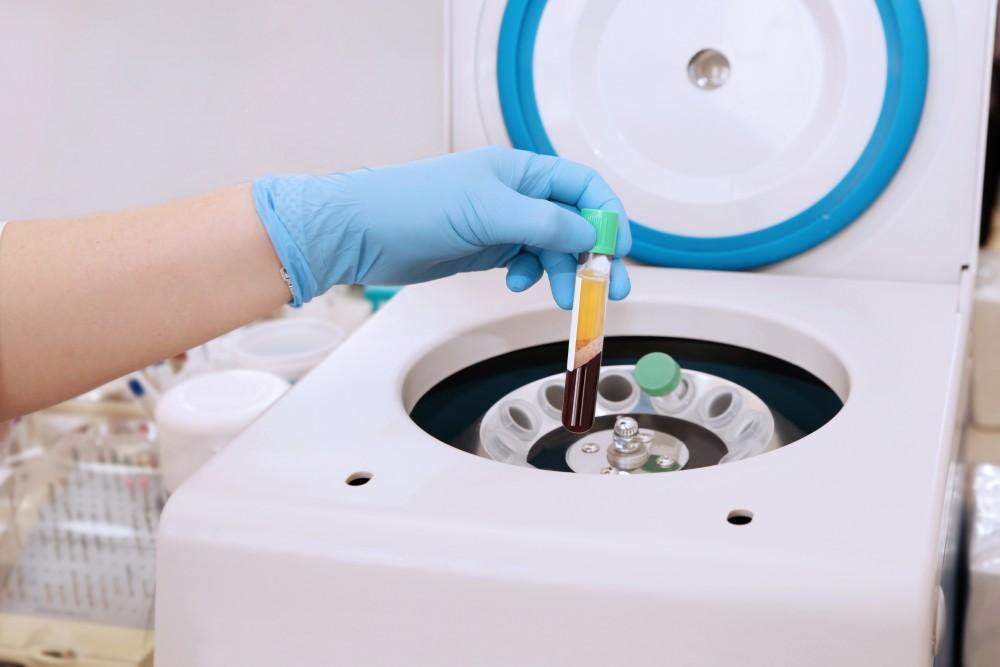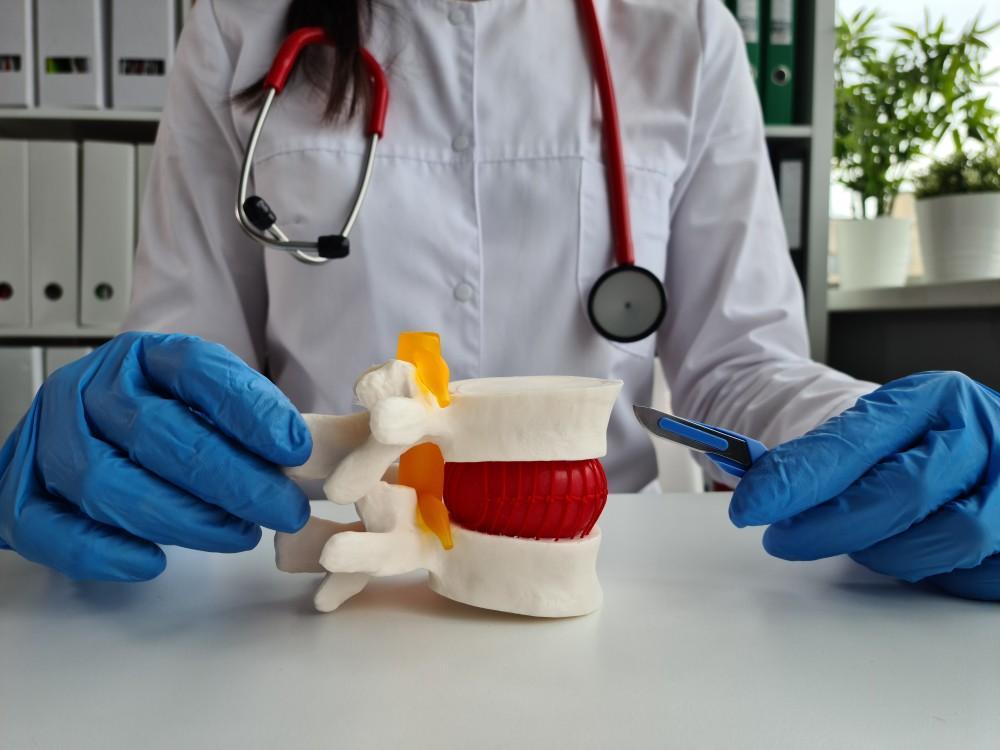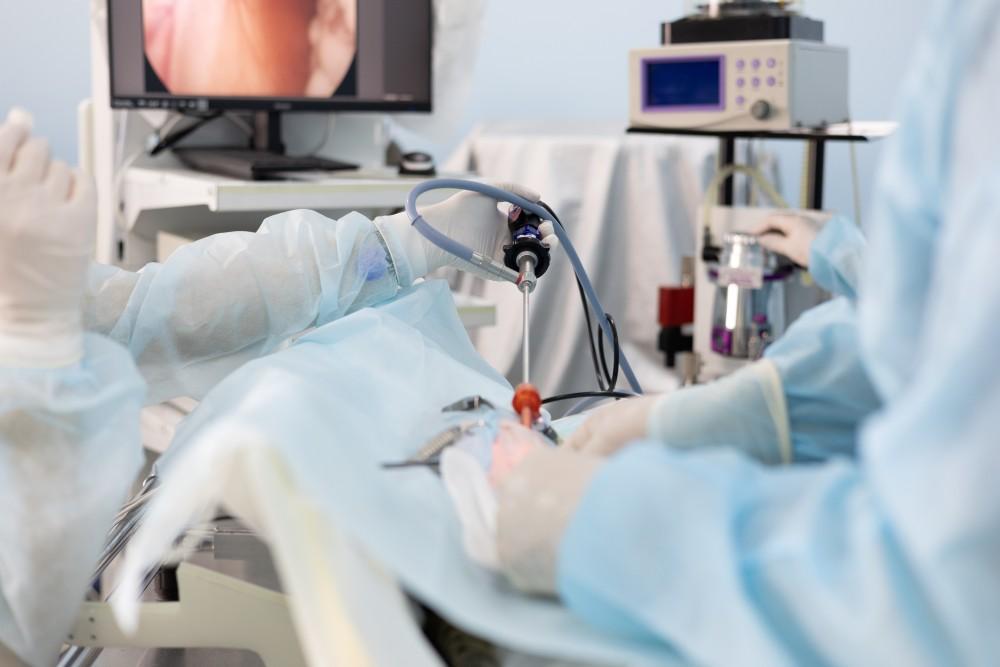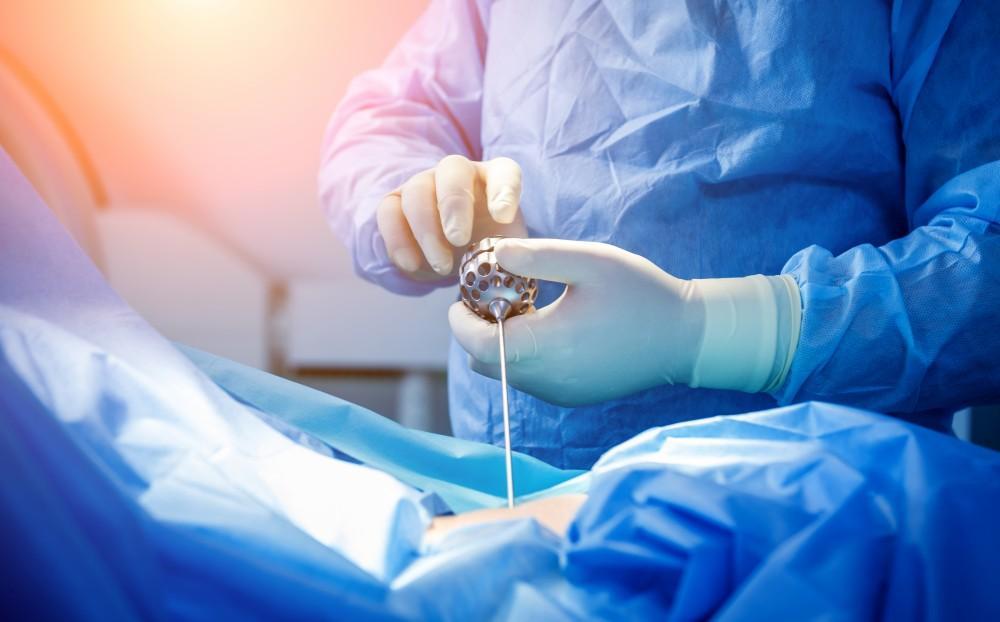When you suffer from a cut or scrape, you may put a bandage on the wound to control the initial bleeding, but otherwise, you count on your body to carry out repairs that leave your skin seamless and flawlessly healed.
Natural healing is crucial to any illness or injury, and regenerative medicine is a field in which we aim to help the body’s natural repair systems work better. Arguably, the bandage you use is a regenerative technique since it helps to protect the scab that platelets form over the wound.
Spine surgeon Sanjay Khurana, MD, and his team often turn to a branch of regenerative medicine called orthobiologics. Orthobiologics uses natural substances from your body and redistributes healing resources throughout your musculoskeletal system to reduce the dependence on the bloodstream as the primary delivery method.
Choosing any medical procedure requires consideration of the safety of the treatment. Today, we examine the nature of orthobiologic processes and their effects on your body.
Stem cells and growth factor hormones
As an orthobiologics specialist, Dr. Khurana frequently turns to this branch of regenerative medicine to speed patient recovery after surgery, taking advantage of the abilities of two forms of tissue in your body.
Stem cells
Your body needs a supply of spare parts to heal tissue, and it solves the storage issue by using stem cells. On their own, stem cells do nothing except make copies of themselves or, when directed by the body, change into the type of cell needed to complete a healing function.
Your skin gets repaired underneath when the scab that formed over your cut changes from stem cells into skin cells.
Growth factor hormones
The blood platelets that form the scab over your cut contain powerful healing hormones that carry messages about how healing proceeds. Growth factor hormones are cells that help the stem cell conversion process through chemical signals issued by your body.
Your circulatory system delivers growth factors and stem cells throughout the body, dropping them off wherever repairs are active. One problem is that specific injuries may not receive enough raw materials to heal efficiently.
Using orthobiologics
To help you heal better, Dr. Khurana can harvest your stem cells and platelets for re-injection at the site of an injury, such as the point of a surgical procedure. This boost of stem cells and platelets means no wait for bloodstream delivery.
Both stem cells and platelets get filtered from your blood. When we harvest platelets, these are mixed with plasma, the salt-watery base of your blood, creating a combination called platelet-rich plasma, or PRP.
How safe are orthobiologics?
Since harvesting orthobiologic tissue uses your blood, we can collect these through small samples using the same technique as drawing blood for testing and in identical quantities. While there’s a tiny risk of infection with any procedure that breaks the skin with a needle, the risk is low under clinical conditions.
No medication or other chemical gets added to your tissue, so there’s a low risk of incompatibility. Also considered safe, injecting stem cells or PRP is comparable to an allergy shot or vaccination.
The most common complication from orthobiologic injections is skin irritation around harvest and injection sites.
Book a consultation at Dr. Khurana’s office in Marina Del Rey, California, by phone or online to learn more today.




